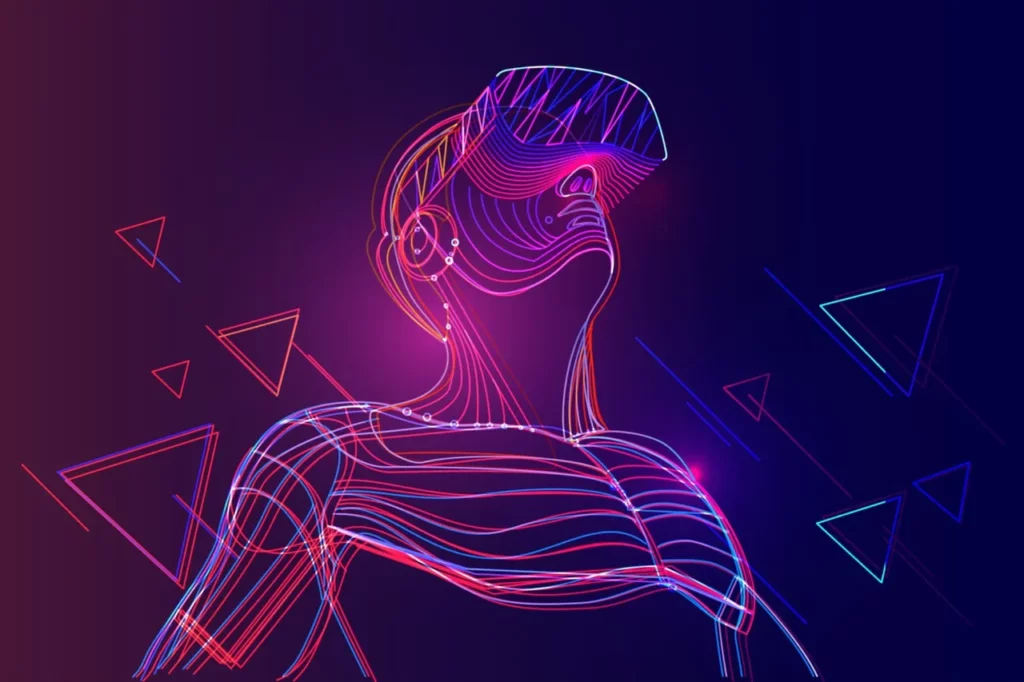Today’s markets are driven by the needs and desires of consumers. As technology advances, needs change and it is crucial for brands to keep pace with those changes. Augmented reality (AR) and virtual reality (VR) are emerging trends that allow brands to give their customers unique experiences with ease and convenience.
VR is simply defined as the use of computer technology to create a simulated environment, bringing an entirely computerized, digital world to the human mind. Conversely, AR builds computer graphics which can be viewed in a normal environment.
In 2020 & beyond, both VR and AR applications will become increasingly sophisticated, as devices get more powerful and capable of creating higher quality visuals. Mobile has become one of the most significant media types through which consumers interact with brands and make purchase decisions. Hence, both VR and AR give marketeers another tool in their toolkit when it comes to driving sales and enhancing brand value through mobile devices.

Let’s look at six emerging trends in 2020 for augmented reality and virtual reality:
1. AR and VR will be coupled with Artificial Intelligence
As companies enhance their automation capabilities, Artificial Intelligence (AI) will be used along with AR and VR to build smart, cognitive functionality in their apps and products. We can expect the machine learning algorithms that enable these features to become increasingly sophisticated and capable.
VR is about putting people inside virtual environments and those environments – and their inhabitants – are likely to become increasingly intelligent over the next year. There will be increase in more voice control stemming from AI natural language processing, increasing immersion by reducing the reliance on icons and menus intruding into the virtual world. Gaming industry will also witness AR and VR adoption as opponents as computer-controlled players will more effectively react and adapt to individual play styles.
2. AR and VR in the education sector
AR and VR technologies will have a great adoption in the teaching and training; i.e the education sector. They will redefine the traditional methods of teaching. Through virtual reality, students can practice surgery or construction in the same way things happen in the real world without any kind of risks. On the other hand, with augmented reality, it is possible to send information to students in real-time on data analysis, objectives, or best practices. This trend will also boost more apps in the education Vertical. As VR and AR both continue to prove their worth at reducing risk and cost associated with training, it is likely we will see an increasingly rapid pace of adoption in industries involving work with expensive tools and equipment, or hazardous conditions, throughout 2019.
3. AR and VR will accelerate Retail and Entertainment Sales
AR and VR is expected to boost revenues in the retail industry. From 2019 through 2020, it is estimated that nearly 100 million users will leverage AR-powered shopping technologies. The eruption of AR-enabled mobile devices makes the industry to be robust and mature in terms of utilizing advanced technologies. The use of this technology amongst developers, retailers, and customers as part of their daily experience also makes shopping easier.
4. AR and VR Technology within Corporates & Enterprises
Few sectors like corporate, enterprises and medical have started to see practical application of AR and VR technologies thereby adding value in their service offerings. Battery life and wearable technologies will have accelerated roll out as these impact daily operations and faster access for their end customers. Manufacturing Industry will also benefit the future of augmented reality like the enterprise sector.
5. AR-Enabled Marketing and Business Development
As VR becomes a viable long-term content format, we will see extended use cases in native marketing & advertising. VR will offer consumers a one-on-one understanding of the product, through hands-on experiences as a completely seamless part of the user interface. For marketing success, the use of AR and VR will be leveraged to help customers better understand the products and services, especially in retail, automobile & pharmaceuticals sector. So, companies now are making VR-powered product design to cut the barriers to creating integrated workflows. This VR development will also be instrumental in product discussions in a shared, virtually simulated environment.
6. Augmented Reality application in Business to Business aka B2B:
Augmented reality stands ready to transform the B2B customer/vendor experience in several ways. The B2B sales process has always been fraught with the tug-of-war between customer expectations and the limitations of what a vendor is realistically able to provide. AR has the potential to create significant improvements along the entire chain of the sales process. One of the most significant areas in which AR can improve B2B sales is in creating dynamic sales presentation material. The old model used to arm salespeople with brochures and flyers, and perhaps a PowerPoint presentation. Contrast that with a salesforce equipped with a digital device allowing them to access customized augmented reality applications presenting a virtual 360-degree look at their product lines. It is easy to see which sales team has the upper hand.

Augmented reality is more than just a novelty or a new frontier. It stands to be one of the driving forces behind various industry verticals, especially within the sales and marketing function. Using AR, forward-looking businesses will be able to transform their Customer’s experience leading to increased business opportunities and sales.
Author: Somesh Chablani


